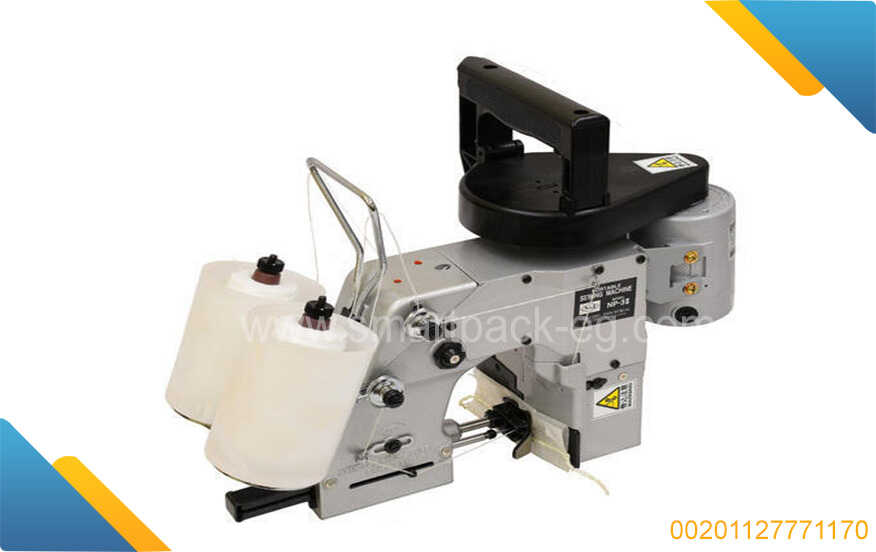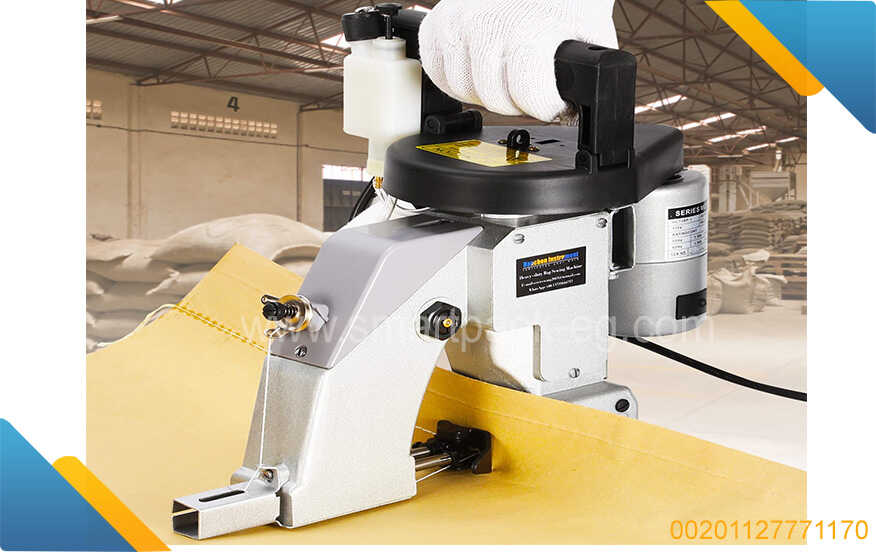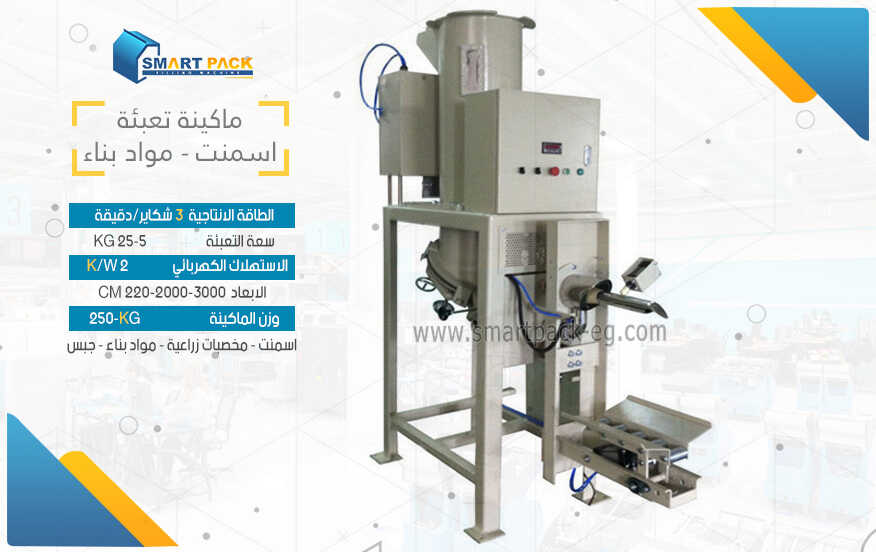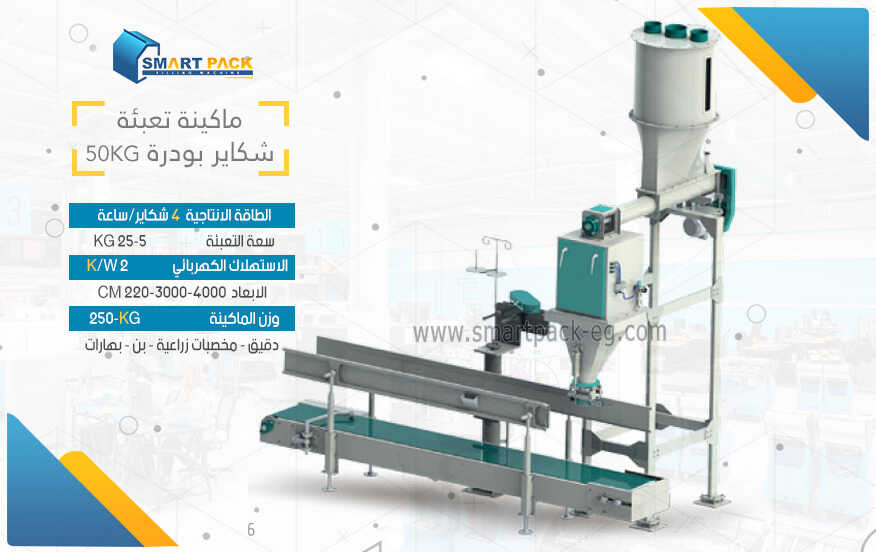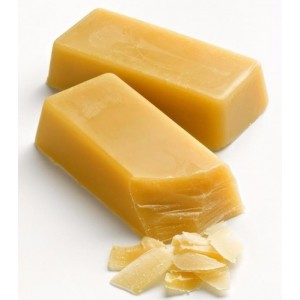Title: A Comprehensive Guide to Production and Packaging of Washing Powder and Product Packaging
Introduction:
In this guide, we will explore the step-by-step process of producing high-quality washing powder and ensuring its effective packaging. We will also delve into the key elements of product packaging. So, whether you are a manufacturer, distributor, or just curious enthusiast, let's dive into the world of washing powder production and packaging!
I. Production of Washing Powder:
-
Gather Ingredients:
- Sodium carbonate: acts as a water softener.
- Sodium sulfate: enhances cleaning efficiency.
- Sodium alkylbenzene sulfonate (LAS): serves as the primary cleaning agent.
- Sodium silicate: prevents dirt redeposition.
- Enzymes, optical brighteners, and fragrance: optional additives to enhance product performance.
-
Mixing Process:
- Measure and blend all dry ingredients thoroughly to ensure uniformity.
- Add liquid ingredients gradually while continuously stirring to achieve a homogeneous mixture.
- Maintain temperature and humidity within the specified range to optimize product stability.
-
Granulation and Drying:
- Pass the mixed ingredients through a granulator to form small particles.
- Dry the granules using a hot air dryer or fluid bed dryer until they reach the desired moisture content.
- Utilize quality control processes to ensure the granules meet specified quality standards.
-
Post-processing:
- Cool down the dried granules before conditioning and sieving them to remove any oversized particles.
- Add the desired proportion of perfumes and processing aids for odor and texture enhancements.
- Test the detergent for quality and efficacy using standardized methods.
II. Packaging of Washing Powder:
-
Selecting Packaging Materials:
- Opt for durable materials, such as high-density polyethylene (HDPE), which provides protection against moisture and light.
- Ensure that the packaging materials comply with relevant safety regulations.
-
Packaging Formats:
- Consider packaging options like bottles, pouches, or boxes, depending on the market demand and customer preferences.
- Evaluate the pros and cons of each format in terms of cost, portability, and convenience.
-
Packaging Design:
- Create an eye-catching and informative label that includes the brand name, product details, usage instructions, and eco-friendly symbols.
- Utilize bold colors, clear typography, and attractive graphics to enhance shelf appeal.
- Incorporate tamper-evident seals for consumer safety.
-
Filling and Sealing:
- Employ automatic or semi-automatic filling machines to ensure accurate volume control.
- Choose appropriate sealing methods, such as heat sealing or pressure sealing, according to package type and intended shelf life.
-
Quality Control:
- Implement stringent quality checks throughout the packaging process to maintain consistency and prevent product leakage.
- Conduct regular audits to ensure compliance with regulatory guidelines and customer expectations.
Conclusion:
Producing high-quality washing powder and effectively packaging it is crucial for manufacturers aspiring to succeed in the competitive market. By following the steps outlined in this guide, you can ensure that your washing powder meets the desired standards of cleanliness and is presented attractively to consumers. Remember, quality control should be maintained at every stage of the production and packaging process to guarantee customer satisfaction and brand loyalty.

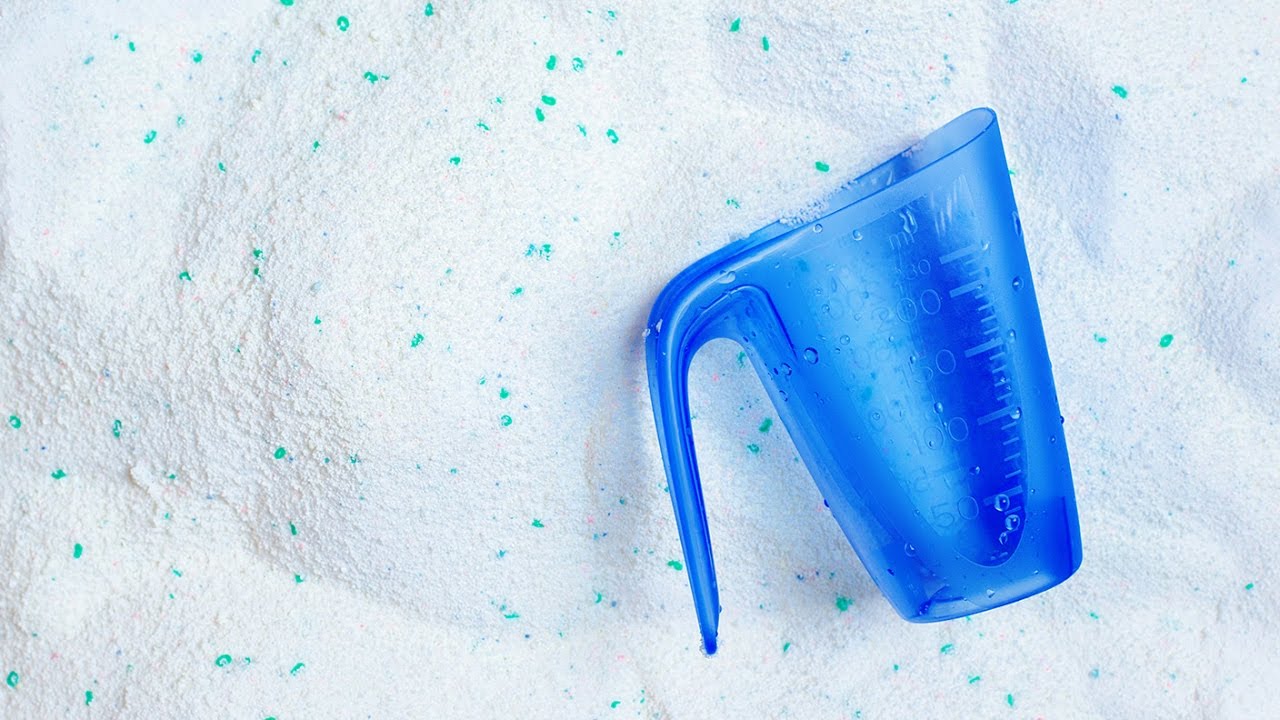
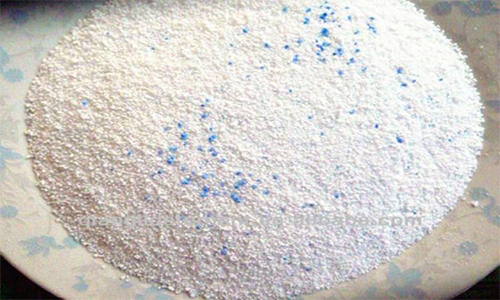
 Admin
Admin 